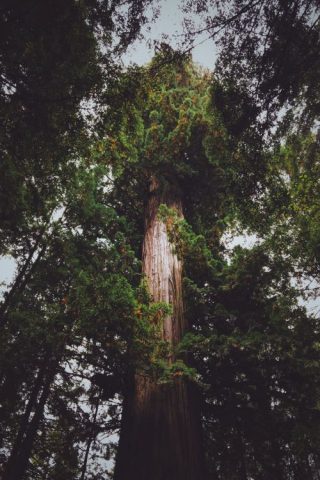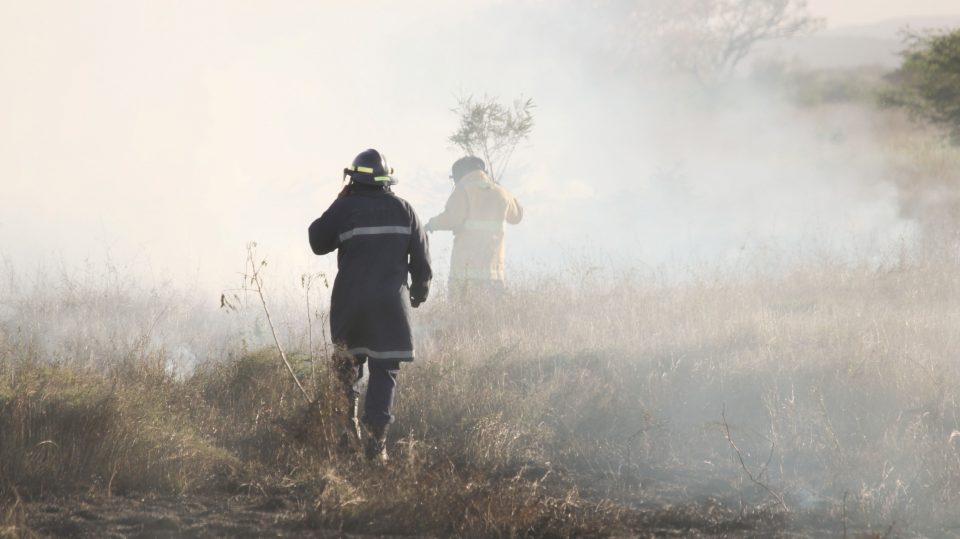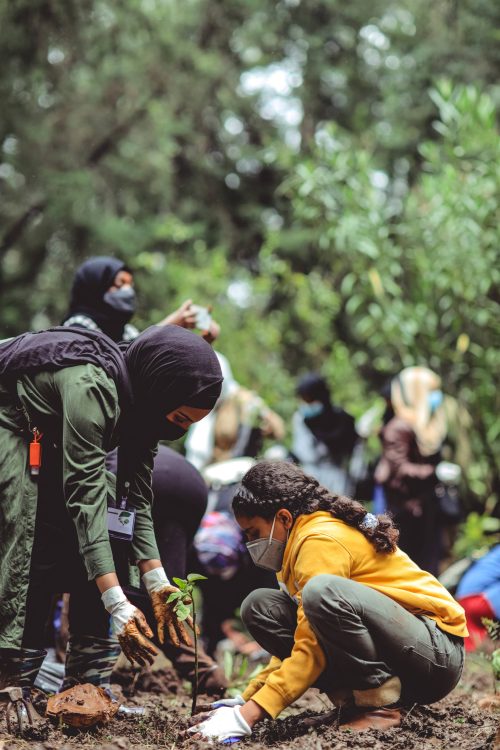Could this be the oldest tree in the world?

A brief history of business cards [Infographic]
August 9, 2022
Does anyone still send postcards?
August 24, 2022
Older than the pyramids, the longest living things on earth are thought to be trees. For many years, scientists have believed California to be home to the oldest. Now, a new study suggests the oldest tree in the world is to be found in Patagonia.
Chile could be home to the world’s oldest tree, according to a new study. It suggests the oldest living tree on earth is a an alerce tree (Fitzroya cupressoides) growing in Patagonia.
Using a combination of computer models and traditional methods for calculating treeage, Jonathan Barichivich, a Chilean environmental scientist who works at the Climate and Environmental Sciences Laboratory in Paris, has estimated that the Alerce Milenario is probably more than 5,000 years old.
About the oldest tree in the world
Science magazine, where the study was first reported, explains, “Some 5,400 years ago, about the time humans were inventing writing, an alerce tree started to grow here in the coastal mountains of present-day Chile. Sheltered in a cool, damp ravine, it avoided fires and logging that claimed many others of its kind, and it grew into a grizzled giant more than four meters across. Much of the trunk died, part of the crown fell away, and the tree became festooned with mosses, lichens, and even other trees that took root in its crevices. Now, the tree — known as the Alerce Milenario or Gran Abuelo (great-grandfather) tree — might claim a new and extraordinary title: the oldest living individual on Earth.”
The Californian bristlecone we used to think was the oldest tree in the world
Previously, the oldest tree in the world was thought to be Methuselah, the oldest documented living bristlecone in California’s White Mountains. According to its tree-ring data, Methuselah is 4,853 years old.
National Geographic explains that these ancient bristlecones have survived in the Great Basin’s gusting wind and rain because so little else does. At altitudes near 11,000 feet along Nevada’s rocky Snake Range there are no grasses, no brush, few pests, no competition. No people to start wildfires. No nearby trees to spread pathogens. With nothing around to kill them, these ancient beasts are left alone year after year to simply do what they do: store water in needles that can live for decades and pack on the teensiest bit of heft at a time. The wood grows so slowly it gets too dense for beetles or disease to penetrate.
What will happen to the world’s oldest trees?
While it is exciting that such an ancient tree has been discovered, the Chilean tree now draws lots of tourists, who stomp around its base, potentially damaging roots. Scientists warn that climate change is also drying out the region, which could threaten the tree’s water uptake.
The danger that climate change presents to our oldest trees is a growing concern. Wildfires worsened by our fossil fuel emissions have wiped out up to 19 percent of California’s giant sequoias – the world’s third-largest tree species – in just the last two years.
While the locations of the very oldest bristlecones are kept secret to avoid direct damage by humans, unfortunately our indirect effects are less easy to mitigate. Warming temperatures, drought, and more explosive fire pose new threats to these ancient trees. Bristlecones are also susceptible to blister rust, an imported fungus that has killed millions of related trees in the USA, including whitebark pines in Yellowstone National Park. Although, so far, it has not appeared in the wild in Great Basin bristlecones.
Interested in finding out more about the world’s arboreal heritage?
- Read our article about some of the most fascinating and beautiful trees around the world.
- Find out more about Eucalyptus Globulus, a giant of the forest.
- Or how about discovering more about the European tree of the year 2020?
Further reading:
- Discover the benefits of the Japanese tradition of forest bathing.
- Consider whether nature could be your muse: how nature can inspire your work.
- Read more about the role of papermaking in helping us achieve net zero: the carbon footprint of sustainable forestry.
- We take a look at whether the actions of Jair Bolsonaro in the Amazon make him the world’s most dangerous climate change denier.
- Plus, we ask: after COP-26, is the goal of 1.5˚ still alive?




